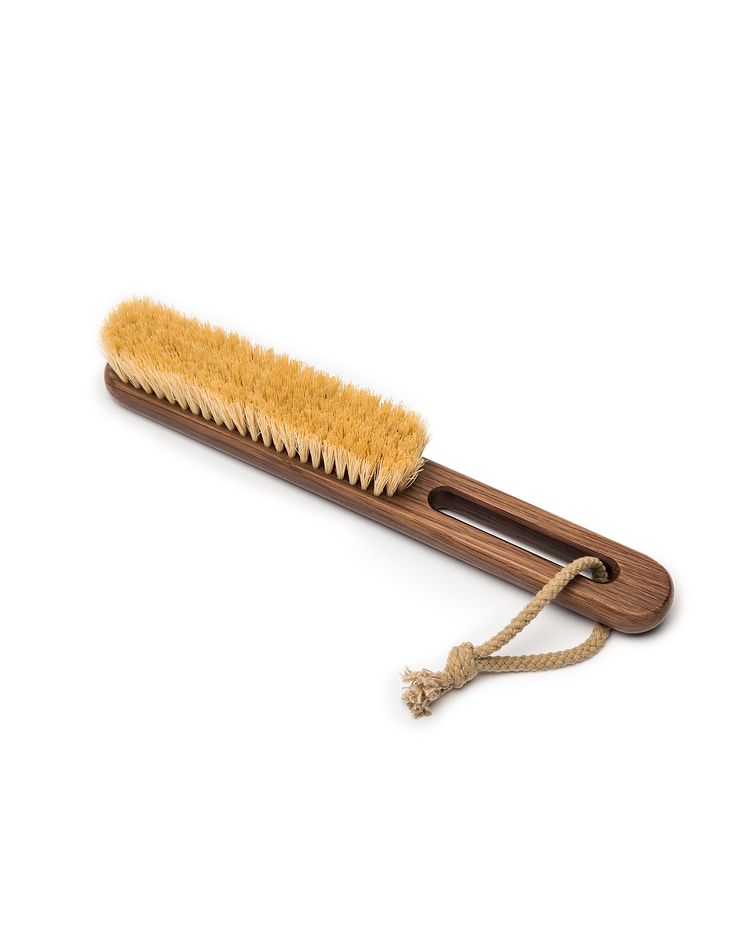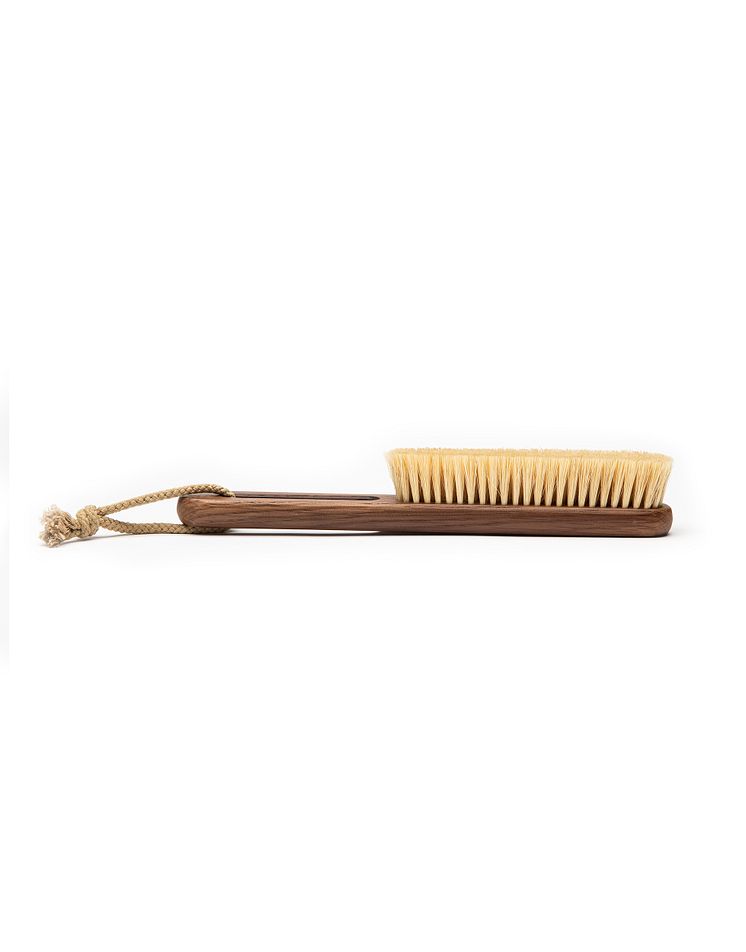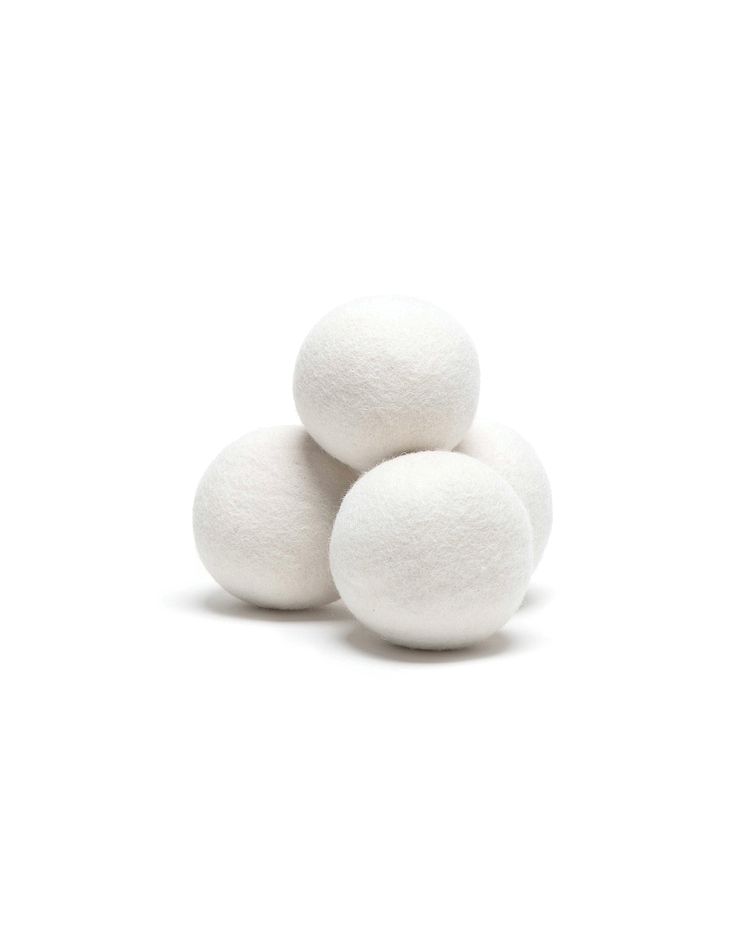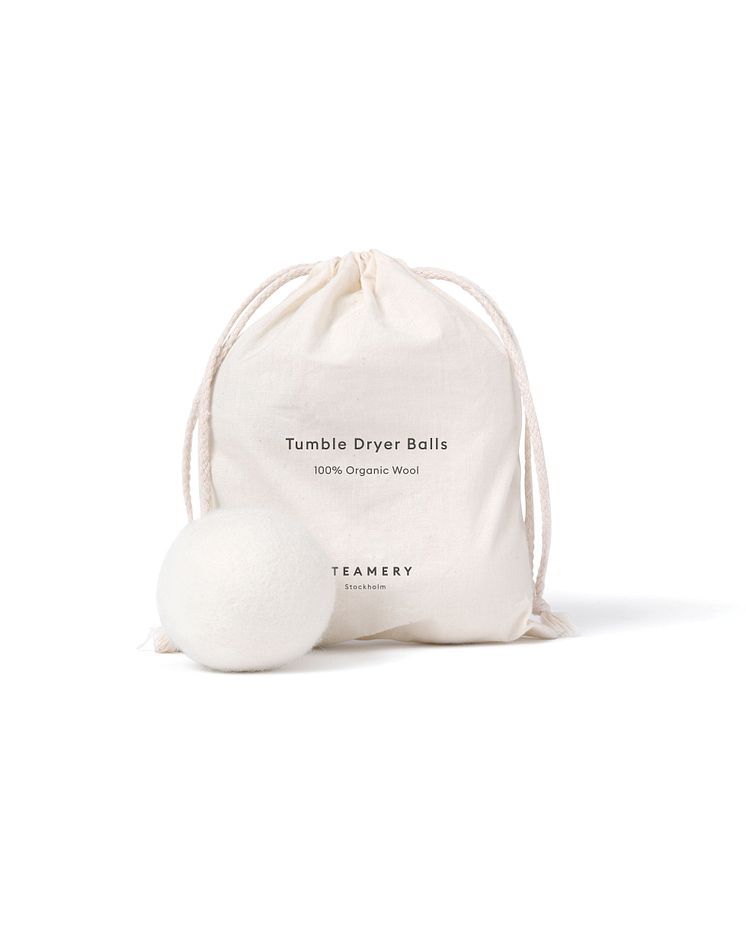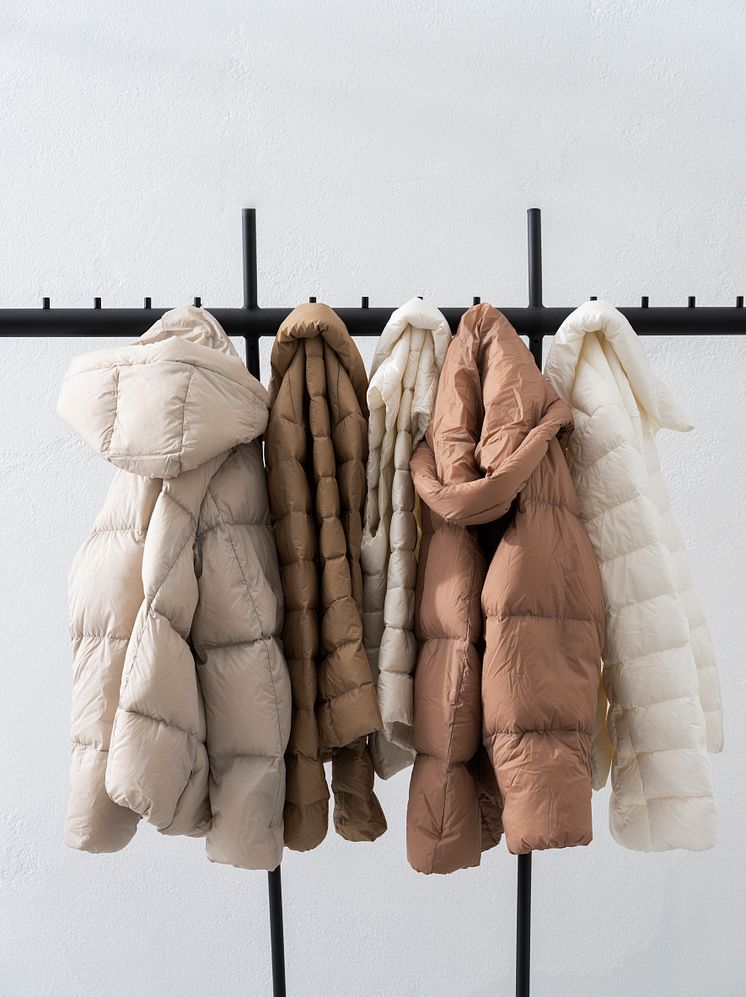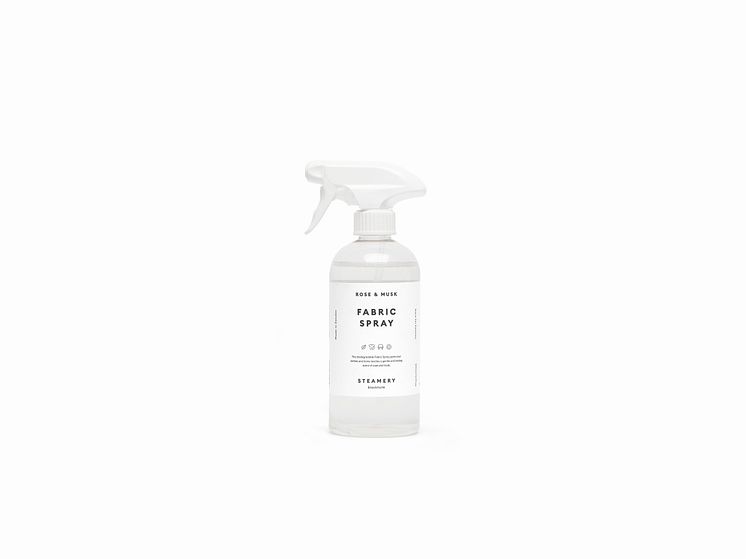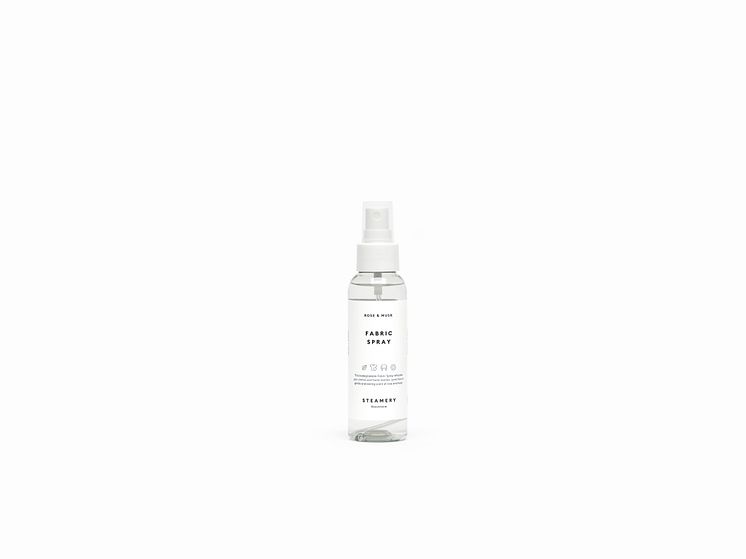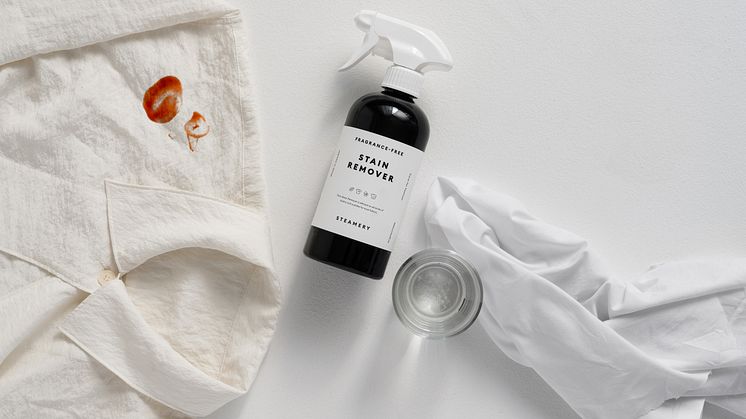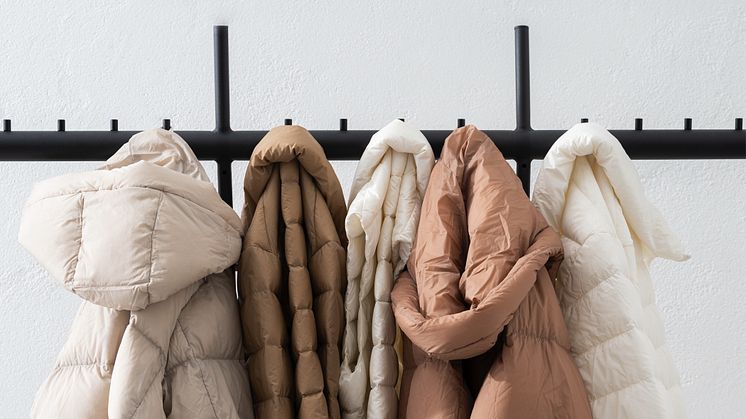
Blog post -
Laundry advice for winter wear
Chilly weather means bundling up under layers of clothing. It also means a laundry pile full of bulky clothes, like knitted sweaters, blankets, and jackets. Here are some tips for how to wash your winter clothes.
Washing outerwear
Washing heavy outerwear can feel like a daunting task. But luckily, these garments do not need to be washed very often. To keep your jackets fresh between washes, make a habit of airing them out after use and occasionally spritzing some Fabric Spray on the fabric. Simply hanging your jacket outside to air overnight can work wonders and make it feel fresh again without having to wash it.
When you do wash your outerwear, it is important to use a gentle detergent that is free of enzymes. Enzyme-based detergents should be avoided since they can dissolve the natural oils in the fabrics, which in turn can cause winter jackets to lose some of their insulation abilities. Steamery’s Delicate Laundry Detergent is enzyme-free and includes a lanolin oil that cares for and protects textile fibers.
Down jackets
The ‘wash less’-rule is definitely applicable to down jackets and blankets. In fact, frequent washing can easily result in the down losing its fluffiness. Down jackets can also really benefit from some air circulation to remove odors. When you can no longer avoid washing your down jacket, opt for an enzyme-free detergent, choose a gentle cycle, and wash at a low temperature.
Dry your down jackets inside out at a low temperature. Adding Tumble Dryer Balls to the tumble dryer will allow warm air to circulate more evenly and remove static while dramatically reducing the overall drying time. Pause the tumble dryer occasionally to shake the jacket to make sure the down spreads evenly throughout the garment. The down jacket is ready to wear again when it is completely dry and free of bad odors.
Shell jackets
Waterproof or windproof outerwear, such as ski jackets, are usually designed with a water-repellent membrane or coating. A benefit of the shell jacket is that dirt tends to stay on the surface. Most of the time you can use a clothing brush to sweep off surface dirt like lint, dust, dandruff, and hair as soon as it appears. As with other jackets, you can also prolong the time between washes by airing out the jacket after use.
When you need to wash your shell jacket, avoid using a standard laundry detergent or fabric softener, as these can damage the waterproof coating. The materials may vary, so always check the care label first, and never go above the recommended temperature. Remember to close all Velcro straps and zippers to prevent tearing or ripping. Also, avoid using an iron to de-wrinkle your shell jacket, as this may damage the shell.
Fleece
Fleece is a classic winter fabric because of its insulating abilities, so it is no surprise that it is commonly used for blankets, sweaters, and jackets. Keep in mind that there are various kinds of fleece that require different care routines, and always check the care label before washing. Natural fleece is made from wool, but synthetic fleece is more common and is usually made of polyester.
Synthetic materials, in general, cannot handle high levels of heat. Therefore, it is best to wash fleece garments at low temperatures to maintain that soft and fluffy texture. Also, before you wash your fleece garments or blankets, make sure to pre-treat any stains with stain remover, as washing without pre-treatment may cause stains to set in permanently.
Wool sweaters
Wool is naturally antibacterial and therefore requires less care than you might think. Hang your wool sweaters outside to air out after use as often as possible to minimize washing. Wool can be vulnerable to tough stains like berries, coffee, or chocolate, so spot-treat stains immediately to prevent permanent staining. Read more care advice for wool.
If unpleasant odors remain after airing out the textiles overnight, it is time to wash the wool garment. Hand washing is always advisable, but you can also use the wool cycle on your washing machine. Combining heat and movement will cause wool to shrink, so wash at a low temperature. And as with down jackets, it is important to always use an enzyme-free detergent to protect the fibers and make your clothes last longer.
Preserve during summer
When you are not using your winter clothes, make sure to store your jackets in a way that will preserve the fabrics and their textures. Carefully fold your knits and avoid hangers that will make your garments lose their shape. Adding a piece of cedar wood or spraying cedar tree oil is a fantastic way to protect your winter wear from moths while they are stored in a tight space over summer. More about how to store your winter wardrobe.


